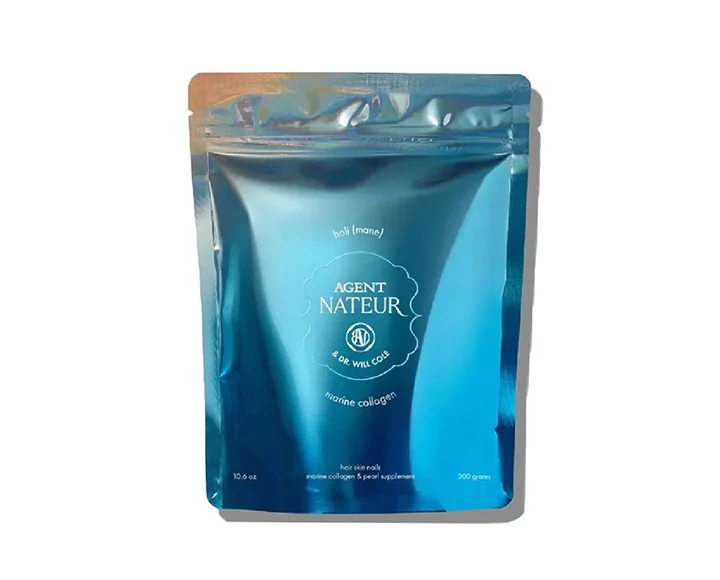What you need to know: Pink sea salt is an unrefined form of salt that comes from naturally formed sea and mountain beds. It is commonly found in the Himalayas, Mediterranean, and Hawaiian islands. Unlike table salt, pink salt contains, on average, over ninety health-promoting trace minerals, including phosphorus, bromine, boron, zinc, iron, manganese, copper and silicon. It is not processed like table salt, making it free of anti-clumping agents, some of which include aluminum and fluoride, and bleaching chemicals such as chlorine. As a result, pink sea salt, much like grey sea salt, is not toxic to the body like table salt is, and has been found to be essential to almost all physiological functions.
Why you should try it: Pink sea salt is an important source of chloride. Chloride is a mineral that is necessary for producing HCL, hydrochloric acid, in the body. HCL is used by the stomach to digest foods. Without proper HCL production, food rots in the digestive system leading to a host of issues ranging from eczema, psoriasis, acne, fatigue, acid reflux, bloating and indigestion. Furthermore, HCL is a natural disinfectant, protecting us from any ingested pathogens including food-borne illnesses, bacterias and parasites. Without proper HCL production, we are more susceptible to infection. Finally, the regular consumption of sea salt is necessary for nerve transmission, fluid/electrolyte balance, energy production, skin and digestive health, an alkaline pH and kidney health. The introduction of sea salt can be used to remedy constipation, muscle cramps and insomnia, improve hair growth and bone density, reduce stress and inflammation, improve skin quality, reduce thirst, aid in weight loss, and be a part of reducing asthma symptoms, and even clearing parasites in animals.
Let’s get together: Once you’re given the green light, finding ways to add salt into the diet is super easy, especially when you’re willing to expand your boundaries. Sea salt brightens up any fresh-pressed juice or sliced fruit (like watermelon), adds an extra dimension to a myriad of chocolate desserts (especially this raw pudding pie), and is the key ingredient for making your own electrolyte drink. Our therapeutic concoction that helps us ramp up our salt intake is blending Pressed Juicery’s Coconut H20 with one tablespoon apple cider vinegar, a squeeze of lime juice and a few pinches of Pink Salt by Premier Research Labs (one of our personal faves in the office)!













